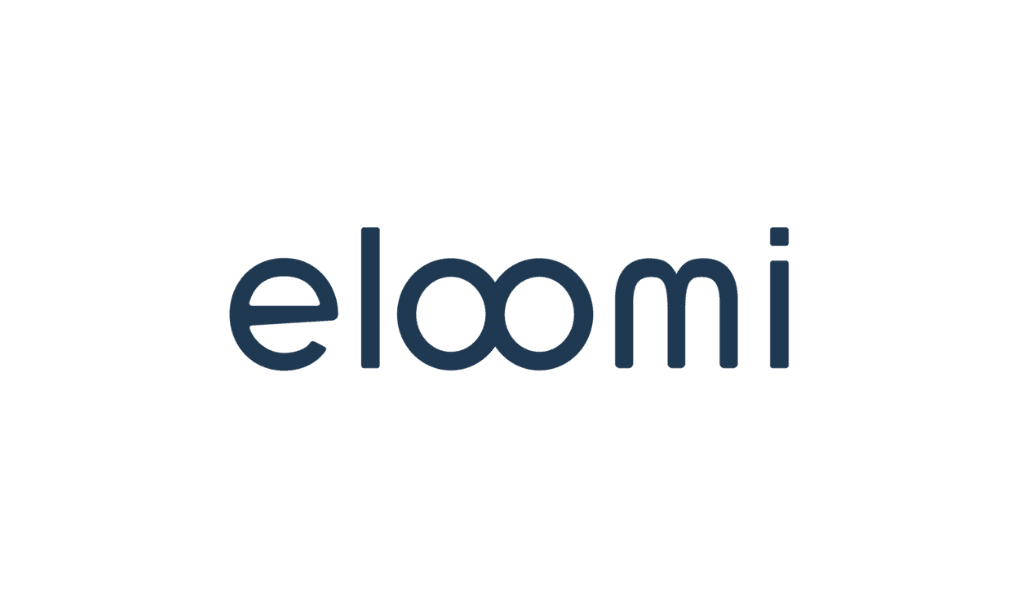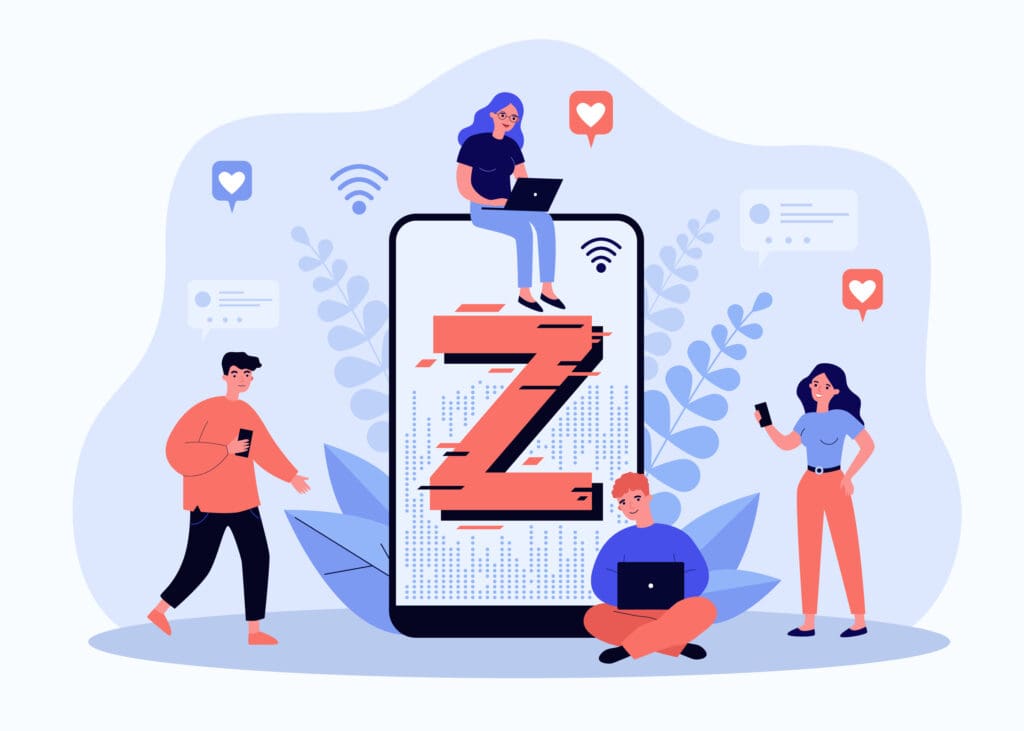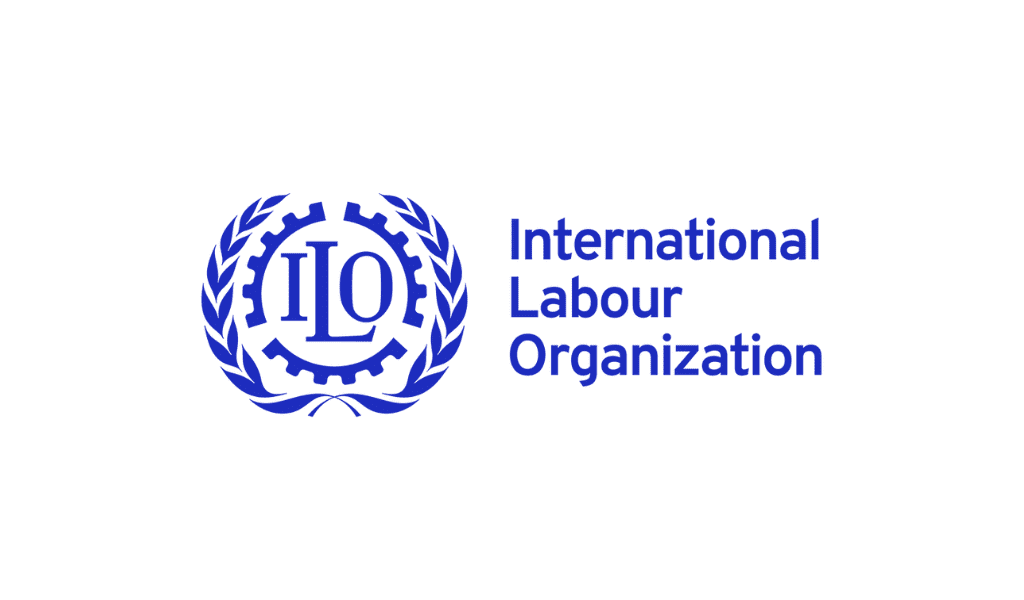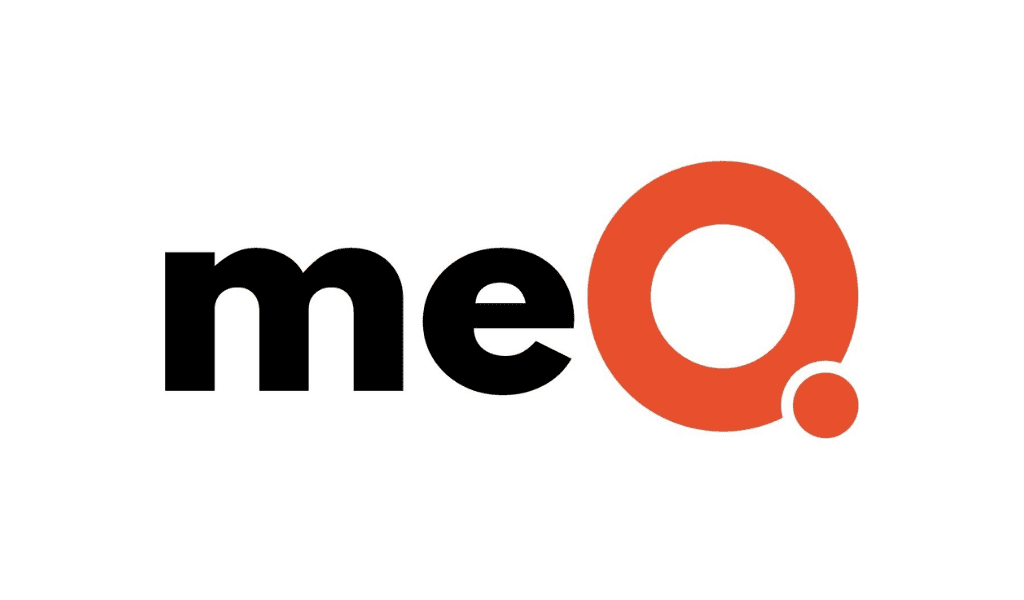In today’s environment, one company has shown how critical it is to keep evolving and pivoting.
By Melissa Jones
The pandemic was like no other time for HR leaders; it was like trying to play football without a playbook. Like many large organizations, CSAA navigated constant changes as its 3,500 employees shifted to a work-from-home model, doing its best to traverse a whole new work reality with no clear end in sight.
The pandemic forced leadership to evolve the collective view about the viability of a more dispersed workforce. Prior to this time, there were employees outside of the corporate footprint, but generally, they were exceptions. If allowances were made for employees to work at home, they were often required to come into the office a certain number of days each week. Since the pandemic, CSAA has completely shifted that approach. Today, it’s all about employee choice, with the vast majority of employees (nearly 84%) choosing to work from home full-time.
The company’s “Future of Work” initiative continues to evolve, focusing on what employee engagements will look like moving forward. The goal is to enable and optimize a fully integrated, high-performing workforce comprising of office, home, and field-based workers. That’s a big statement that requires a lot of work and planning—and HR leaders expect how and where employees work to continue to evolve over time. And it might not look exactly the same for the entire workforce.
With a hybrid workforce, it’s important to communicate with employees about what the organization is doing and why. This includes evaluating and implementing new software platforms that are focused on employee engagement. For example, for some of the company’s virtual events, Twine, a software which replicates the in-person, watercooler experience, is used. It matches an employee with another colleague to engage with for just a few minutes, and then introduces them to somebody else within the organization. The result? Supported dialogue between individuals that then allows HR to curate what future conversations will be.

CSAA Insurance implemented a policy of no meetings between 8 a.m. and 11 a.m on Wednesdays. Employees can use the time to catch up on emails, build their development skills, or give time to other things they couldn’t focus on because of meeting overload or other extenuating circumstances. This has been a huge hit among the workforce.
HR has found that introducing new intentional programs to the workforce have more success. Within the company’s “Future of Work” initiative, there is a “norms” component to help employees better connect, create, and collaborate in a hybrid work model. This includes enterprise norms and team norms. Managers also have an understanding of the most important norms for their department—not just how they are going to work, but how they are going to engage and collaborate.
One norm that has been implemented company-wide is requiring employees to have their cameras on during conference sessions. The organization also implemented a Wednesday morning norm of no meetings between 8 a.m. and 11 a.m. Employees can use the time to catch up on emails, build their development skills, or give time to other things they couldn’t focus on because of meeting overload or other extenuating circumstances. This has been a huge hit among the workforce.
Volunteerism and a Sense of Community in a Remote Work Culture
CSAA has been actively fostering volunteerism and a sense of community with its remote work culture. With the pandemic forcing everyone to work virtually, it was time to completely rethink the program and approach.
For starters, some new programs were established while others were reinforced. A partnership with visit.org helps curate digital volunteer events. Another program that was started before the pandemic is based on pro bono volunteerism. This allows the company to reach out to non-profit partners and say, “We have expertise in XX, and we can offer some support based on your needs.” The partners then put a proposal together that explains what they need. From there, opportunities are available to employees and teams are formed to deliver the work needed for the nonprofit.
The Remote Work Recruiting and Retention Process
As a historically onsite-centric company, CSAA focused recruiting and retention efforts on candidates within range of the offices, or those who were willing to relocate. Within a year, the landscape changed drastically. One of the significant advantages of shifting to a work-from-home workforce is that HR can now hire anyone from anywhere in the contiguous 48 states. That is game-changing.
With a vastly expanded candidate pipeline, CSAA could better meet the talent needs. The company went from having people in around 30 states to 44 states. While some competitors have implemented hybrid work environments where employees are required to come back to the office a certain number of days a week, CSAA’s flexibility allows employees to permanently work from home and that has become a huge advantage.
It’s also important to attract talent from a training perspective. The company has moved from physical classroom-like training settings to virtual trainings which provide an advantage from a recruiting perspective.
In today’s environment, it’s critical to keep evolving and pivoting as necessary. And when it doesn’t work out exactly right, it’s important to be transparent with managers and employees. CSAA will always have its eyes on the future of work and what it may hold.
Melissa Jones is EVP and CHRO for CSAA Insurance Group.














